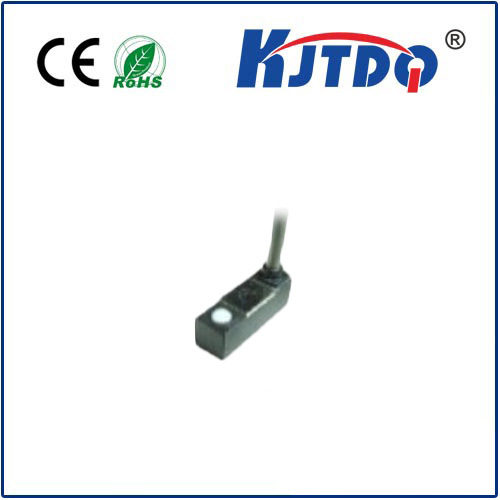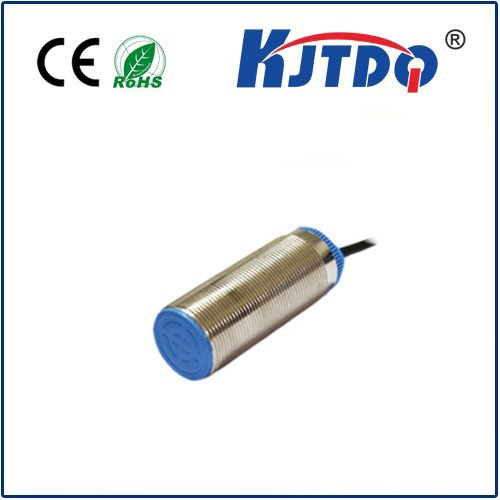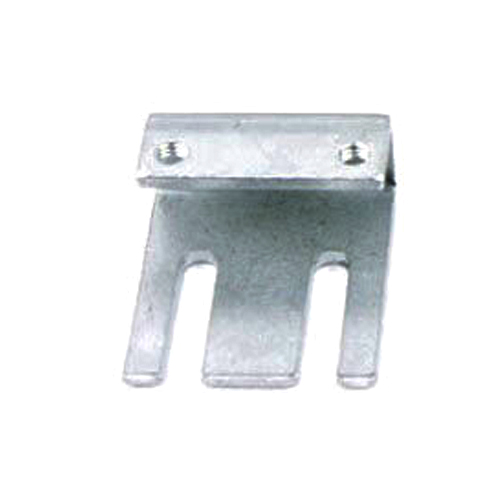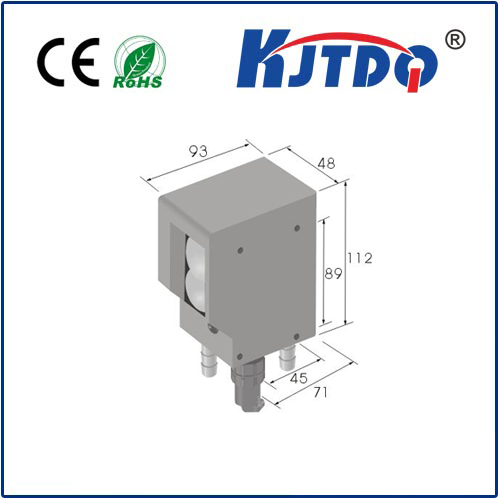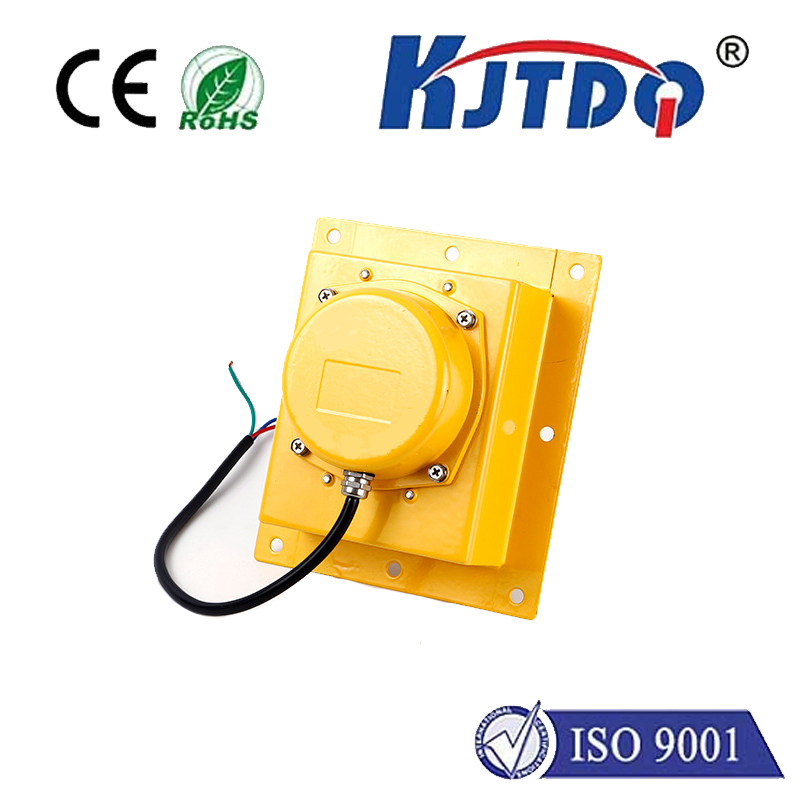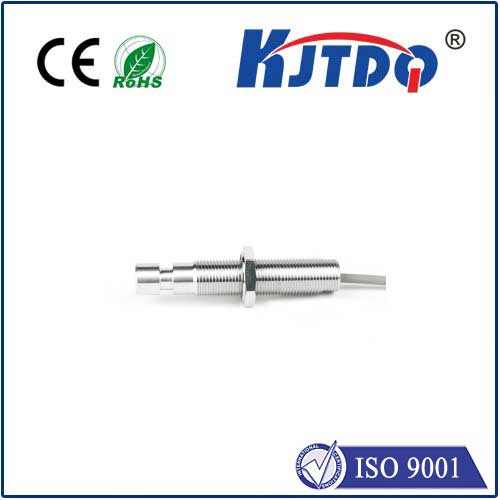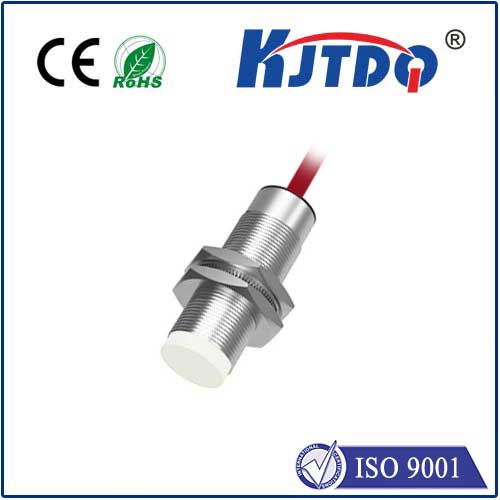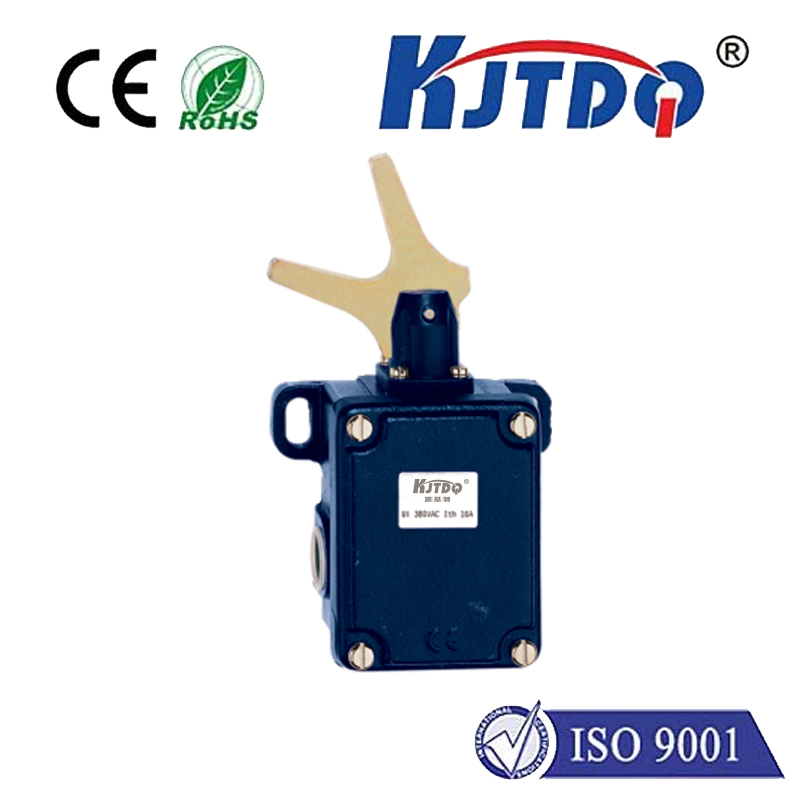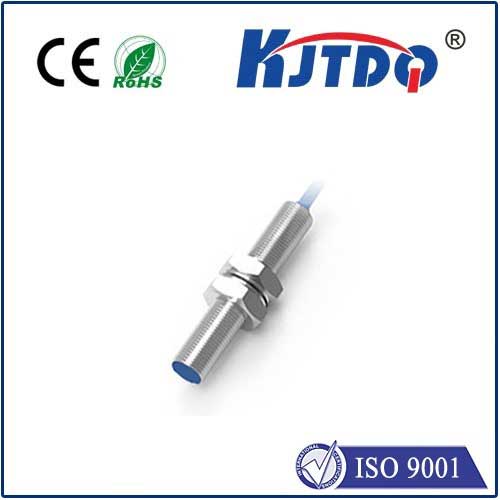Radar Distance Sensor: Enhancing Safety and Efficiency in Modern Technology
In today’s fast-paced technological landscape, the integration of advanced sensors and systems has become a cornerstone of innovation across various industries. Among these, radar distance sensors stand out as a critical component in ensuring safety, precision, and efficiency in automation, automotive, and industrial applications. These sensors use electromagnetic waves to measure distances, offering a reliable and versatile solution for detecting objects in real time.
А.radar distance sensor operates by emitting a pulse of radio waves and measuring the time it takes for the wave to return to the sensor after reflecting off an object. This time is then converted into a distance measurement, allowing the system to determine the location of the object with high accuracy. The technology is particularly well-suited for environments where visual detection is challenging, such as in low-light conditions or in cluttered spaces.

One of the key advantages of radar distance sensors is their ability to function in a wide range of environments. Unlike optical sensors, which can be affected by lighting conditions, radar sensors are not influenced by ambient light. This makes them ideal for use in outdoor settings, industrial facilities, and even in space applications. Additionally, radar sensors can detect objects that are not visible to the naked eye, such as moving vehicles, obstacles, or even small particles in a fluid medium.
In the automotive industry, radar distance sensors play a crucial role in advanced driver assistance systems (ADAS). They are commonly used in adaptive cruise control, automatic emergency braking, and lane-keeping assist systems. These systems rely on radar to maintain safe distances from other vehicles and to detect potential obstacles, significantly reducing the risk of accidents. The integration of radar sensors with other technologies, such as lidar and camera systems, further enhances the reliability and accuracy of these safety features.
Beyond automotive applications, radar distance sensors are also finding increasing use in industrial automation. In manufacturing and logistics, these sensors are employed to monitor the movement of machinery, track inventory, and ensure precise operations. Their non-contact nature allows for continuous monitoring without disrupting the production process, making them a valuable asset in high-speed and high-volume environments.
Another important application is in the field of robotics and autonomous systems. Radar distance sensors are essential for navigation and obstacle avoidance in robotic vehicles and drones. By providing real-time distance data, these sensors enable robots to make informed decisions and operate safely in dynamic environments. This is particularly crucial in applications such as warehouse automation, search and rescue missions, and even in space exploration.
In conclusion, radar distance sensors represent a significant advancement in sensing technology, offering a reliable and versatile solution for a variety of applications. As technology continues to evolve, the role of radar distance sensors will only become more critical in ensuring safety, efficiency, and precision across industries. Whether in automotive, industrial, or robotic systems, these sensors are a vital component in the future of intelligent and automated systems.
